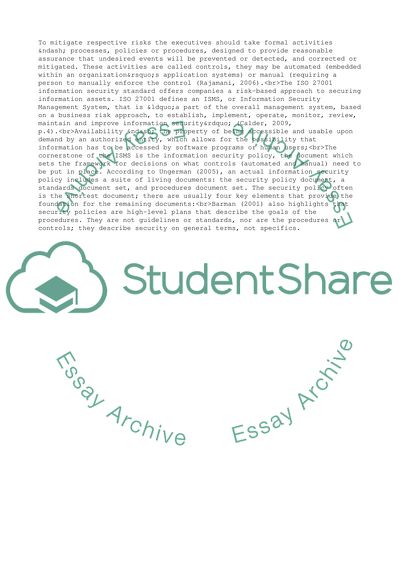Cite this document
(Information Security Policies for Organizations Research Paper, n.d.)
Information Security Policies for Organizations Research Paper. Retrieved from https://studentshare.org/management/1736051-draw-up-companys-policy
Information Security Policies for Organizations Research Paper. Retrieved from https://studentshare.org/management/1736051-draw-up-companys-policy
(Information Security Policies for Organizations Research Paper)
Information Security Policies for Organizations Research Paper. https://studentshare.org/management/1736051-draw-up-companys-policy.
Information Security Policies for Organizations Research Paper. https://studentshare.org/management/1736051-draw-up-companys-policy.
“Information Security Policies for Organizations Research Paper”, n.d. https://studentshare.org/management/1736051-draw-up-companys-policy.


